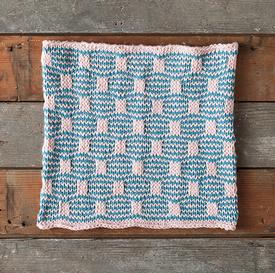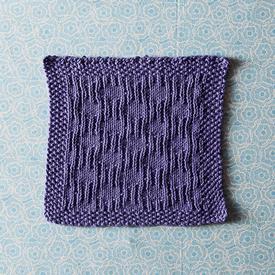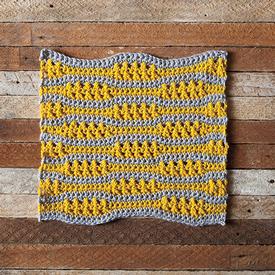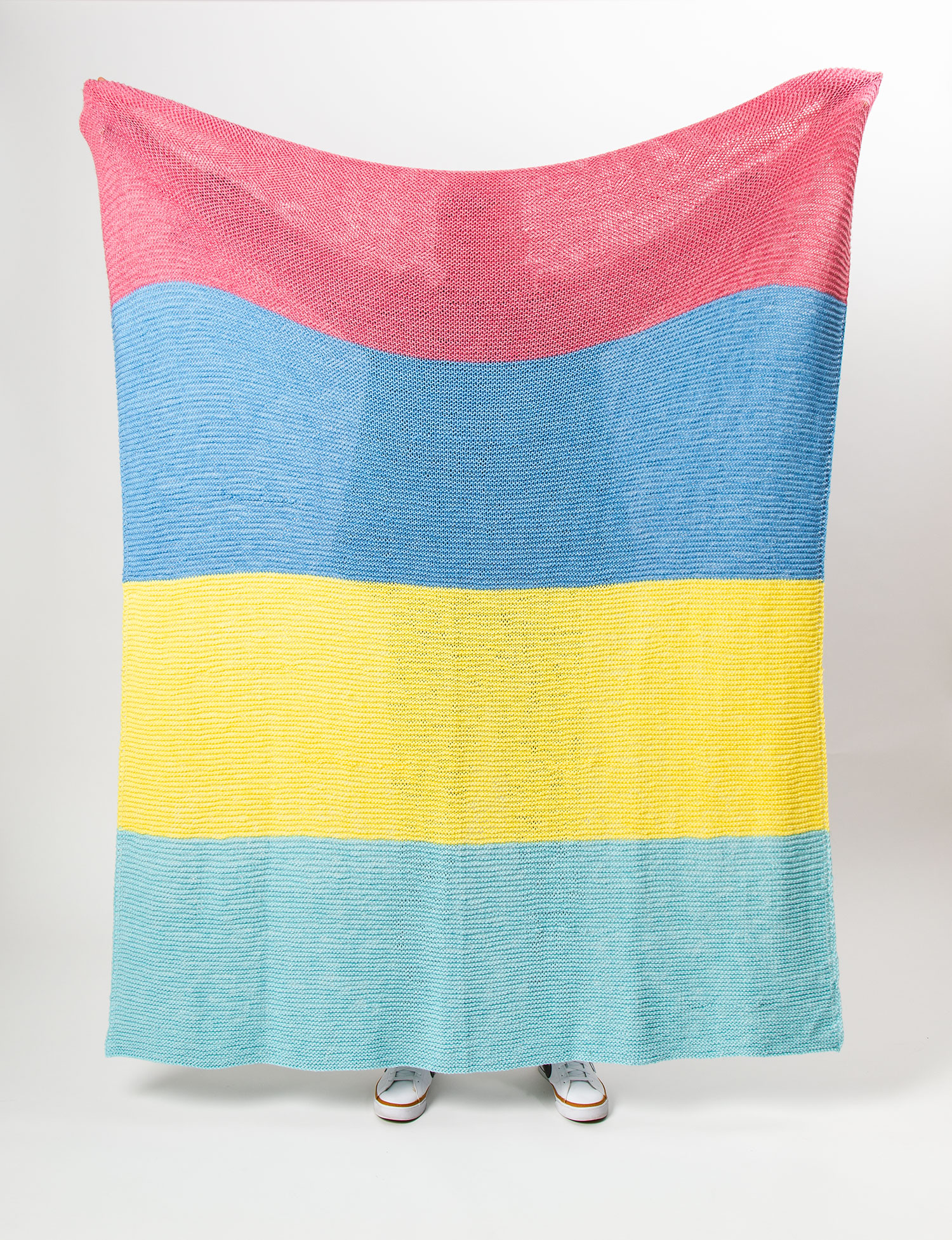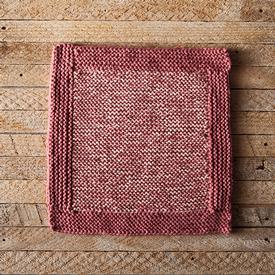Yoga: How to Get Started
Being an Outdoor Guide means that everyone asks you questions. Here are some tips and tricks that you can use!
If this is you...
- You run
- You ski
- You bike
- You climb
- You hike
- You sit at a desk
- You want to be better at whatever you do outdoors
Then yoga may be for you.
Professional hockey players are doing it; triathletes are doing it; race car drivers are doing it; basketball players, mountaineers, even rock stars. Nobody is too young, too old or too darn perfect not to benefit from yoga.
It won’t build your quads or biceps, but it can give you better balance, better flexibility, better concentration and better core strength—all of which can help reduce injuries and make whatever it is you love to do a little easier.
“Yoga has helped me with flexibility. Specifically for climbing, I find that it trains my muscles to relax in awkward positions, and I notice myself finding rest stances more easily on routes.”
—Steph Davis, elite American rock climber
Yoga classes are widely available. In addition to yoga studios, you can find classes at health clubs, community centers and spas. Most of these places offer introductory or gentle yoga classes. These offer a great way to get started—even if you’re already pretty fit—so you can familiarize yourself with the basic yoga format and style.
Once you realize that yoga is the real deal, not a bunch of hype, you’ll probably get interested in finding a style that best fits your needs.
There are many styles of yoga. Some people find one and never change; others prefer to follow multiple disciplines. It’s up to you. Here are some popular options:
Hatha: This type of yoga places premier emphasis on breath. Poses are held for longer, enabling you to use breath to push deeper.
Hot yoga: Temperatures usually range from 85° to 100°F, so this is a very sweaty way to practice, but it's gaining popularity because it’s notably easier to get “warmed up” (no pun intended), and it feels good when you’re finished. Bikram, Baron Baptiste and Core Power Yoga are among the chains that offer hot yoga.
Vinyassa: Many like this style of yoga because of the sequential, almost dance-like flow between different asanas (poses) and because it works well with music.
Ashtanga: This is the most gymnastic, perhaps most physically demanding style of yoga.
Anusara: Anusara is rooted in Ashtanga, but adds elements of play and deeper meditation.
Most types of yoga practiced in the United States emphasize asana(physical poses) and its therapeutic value. By combining asana withpranayama (breathing techniques), structurally refining poses and adding specific sequencing, yoga becomes a kind of moving meditation with holistic benefits.
Basic asana include standing, supine (on the back) and seated poses, as well as inversions (upside-down), balances and twists. The breathing techniques of pranayama also come in various forms. Ujjayi (oo-ja-EE) breathing is the most common; it's a focused, steady breath which practitioners use to maintain poses and transition from one to another.
Yoga can help you achieve wellness and stress-free, mindful movement through daily life—whether at work, play or on the yoga mat.
On a simple level, the practice of yoga can give you the tools to make whatever you do better. Whatever outdoor adventure you pursue—mountain biking, climbing, skiing and so on—a regular yoga practice can build strength and flexibility. This can help you withstand greater stress on your body, react more quickly and calmly to changes, and breathe more efficiently.
Respected organizations and individuals such as the Mayo Clinic, U.S. Department of Veterans Affairs and Dr. Dean Ornish recommend yoga for its therapeutic value in helping to reduce and manage stress and to increase flexibility, balance, strength, focus, concentration and stamina.
A Typical Hatha Yoga Class
As noted earlier, a hatha yoga class is made up of poses (asana) and breath work (pranayama). The breath helps direct one’s attention inward, clearing the mind of distractions so it can focus on what is happening in the present moment.
A class begins with “centering” or a focusing of the mind and body, then a series of asana to help heat up the body, followed by calming, quiet time. The final relaxation (called "savasana" or resting pose) is most important because it allows the body to assimilate the work on a physical level while letting the mind be calm and peaceful.
Tip: Know your limits by listening to your body. If you are in pain or struggling with breath, ask the teacher for another option.
The bare essentials are a yoga mat, a towel and water. Over time you might get more particular about the type of mat you use and you may find you need some simple accessories to enhance your practice.
Most types of fitness clothing work just fine for yoga, especially when you’re getting started, but certain styles are preferable—especially those with fewer seams, no pockets and minimal bulk.
Article and others like it found at REI.com
